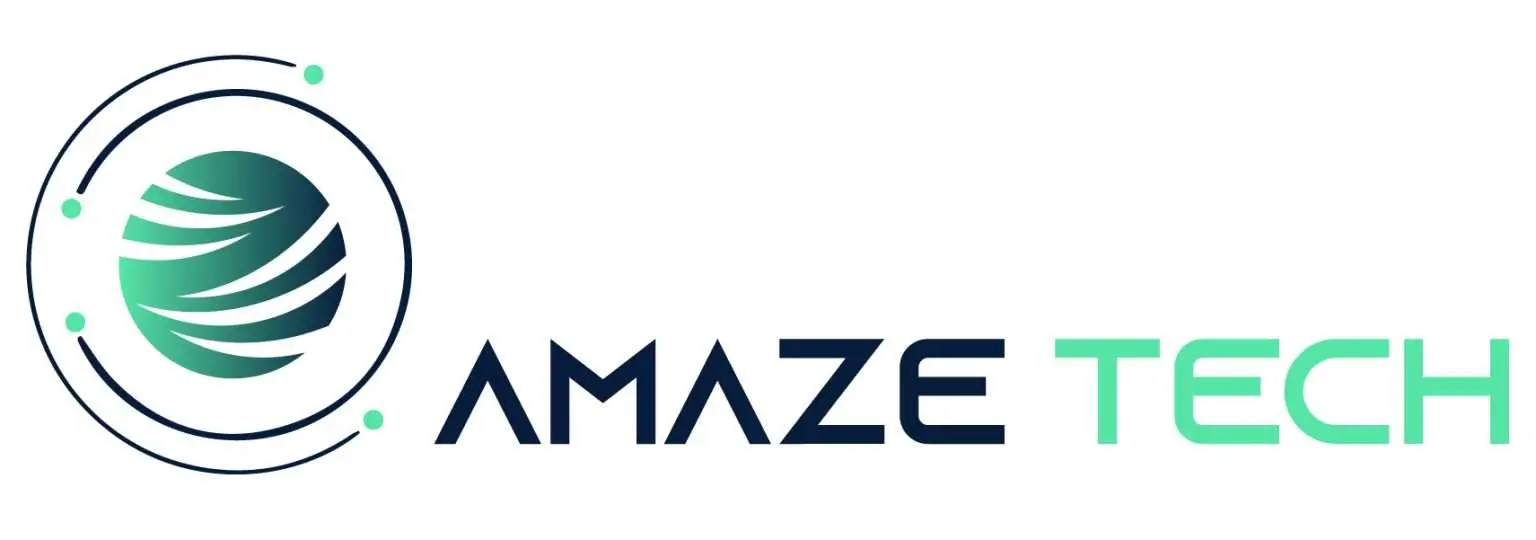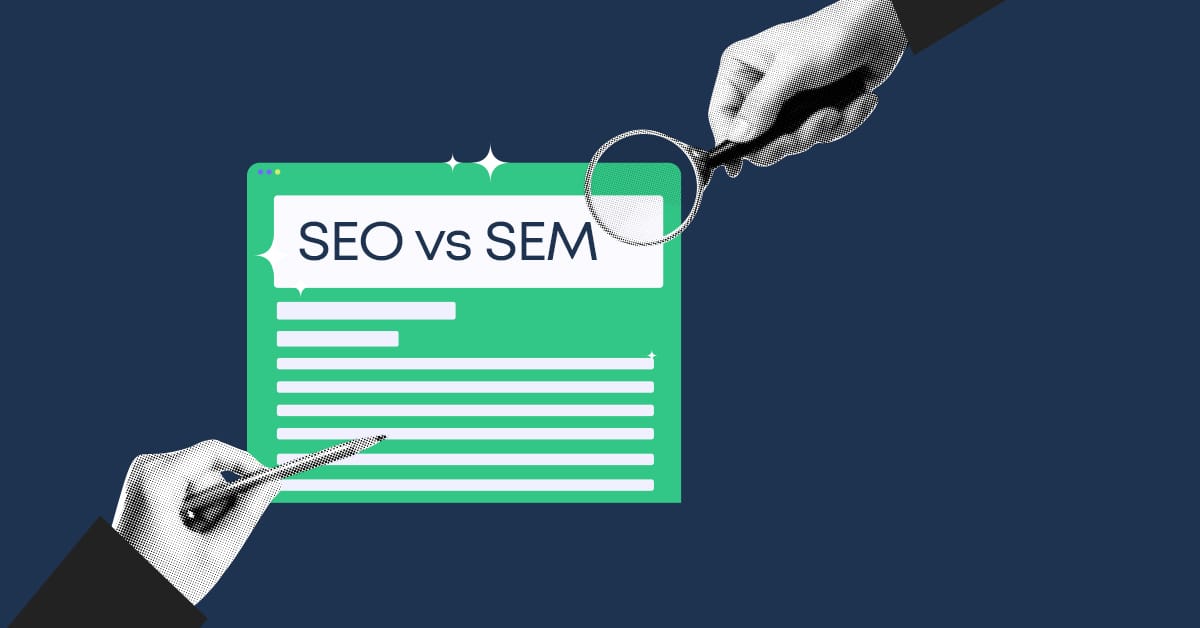Of all aspects of digital marketing, having a presence on search engines stands out because the traffic it can drive to the website and also lead to business growth. There are two dominant ways of doing it: Search Engine Optimization (SEO) and Search Engine Marketing (SEM). These approaches, by some, appear to be exclusive and even mutually incompatible, but it is actually just the opposite-case, they complement one another.
This blog discusses the fundamentals of SEO and SEM, what the difference between them is, and how a business could get both working for maximum effectiveness.
What is SEO?
It refers to the fact that means improving website content, that ensures an improvement of internal structure in the website plus its various outer structures such that the website appeals more to its users without receiving their money on adverts, the another advantage through this SEO investment-the long-time investment that contains all authority along with flow traffic while developing under steady timeline.
The three Pillars of SEO
As the foundation lies in three aspects:
This will be about on-page optimization in terms of keyword optimization for every page, a great meta title and description, and quality content. For example, a page about “healthy smoothie recipes” should be filled with keywords organically, yet still worth the reader’s time.
Technical SEO This will ensure that your website is compliant with the search engine guidelines. It should have a fast loading time, be mobile responsive, and have a secure HTTPS protocol. Technical SEO is what helps lay the groundwork for search engines to crawl and index your site effectively.
Off-Page SEO: All the activities outside your website, such as getting backlinks from authority sources, social media promotions, and partnerships. These signals enhance the credibility of your website to search engines.
SEO is not overnight magic but its effects last long and prove to be cost-effective in the long run.
What Is SEM?
SEM is the short term for Search Engine Marketing. This is a strategy that makes use of pay-per-click paid advertisements for enhancing visibility on search engines. The most successful SEM campaigns work because it can attract prospective customers easily. Hence, such campaigns generate significant traffic. SEM functions on the PPC model as it allows companies to incur expenditure only when the user clicks.
SEM campaigns follow a keyword focus, and businesses reach the top on the search result page with advertisements. It would be very helpful when a business or organization wants to target customer segments in a really short time span. Besides being the basic pay-per-click advert, SEM holds the following inside its umbrella;
Display Ads are eye-catching images seen on relevant WebsitesShopping Ads are price-targeted, imagery and review-oriented ads for any e-commerce Brand.
Retargeting Ads: These are the ads that show to the users who earlier visited your site but didn’t convert.
Comparing it to SEO, SEM is an activity that provides instantaneous results and also stops the moment the ads are turned off.
Comparison between SEO and SEM
Even as the two activities have some similarities in delivering web traffic, their approaches differ as far as time is concerned.
It means just developing organic authority and sustainable traffic. It has a slower turnaround in results but the advantage lasts for a more extended period. Conversely, SEM all boils down to renting some space on the search engines and instantly gaining visibility. Businesses use it mainly during the peak times of campaigns, like when launching a product or doing seasonal campaigns.
It can be said, in a nutshell, that SEO is a marathon and SEM is a sprint, though both of them are absolutely imperative components of an excellent digital marketing campaign.
Why Business Must Use the Combination of Both SEO and SEM
Businesses should not put one over the other but start using both-SEO and SEM. This integration would allow one to balance the former’s long term growth with the short-term benefits.
In summary, the strong points of one will balance out the weak points of the other. For example, SEM will create a log of high-converting keywords re-embodied in the SEO content strategy while at the same time ensuring that, when SEM campaigns are not in operation, there is consistency shown through SEO.
SEO and SEM: How They Work
Keyword Research and Testing
SEM campaigns provide you with valuable insights into which keywords are driving clicks and conversions. That information can feed into your SEO strategy by identifying high-performing keywords to feature in organic content.
For instance, if an SEM campaign shows “affordable fitness gear” as a high-converting term, you can optimize blog posts and product pages with that keyword for long-term organic traffic.
Building Credibility and Trust
Significant appearance on both paid and organic search results bolsters your credibility on the brand. Users feel secure with the website that controls SERPs as a sign of reliability and authority.
For instance, if someone was searching for the “best running shoes,” your paid ad and organic blog post can appear on the first page of the search results. Such a double appearance helps fortify the brand, and chances get higher for click-through and conversion.
Supporting Short-Term and Long-Term Goals
SEM can be applied to campaigns where a quick result is the demand, such as a flash sale or introducing a new product. SEO for sustainable flows and for brand awareness and both can create short-term gains and long-term returns.
Combining SEO and SEM: Challenges
Where combining SEO and SEM has many beneficial effects, there are still some challenging issues to go through:
Budget Allocation: The paid and organic effort budget balance is quite tough.
Team Expertise: Different kinds of skills are required for SEO and SEM. The team should be adept at both the practices.
Consistency in Messaging: Effective communication is possible only if the brand voice is conveyed consistently across the paid and organic channels.
All these factors demand careful planning and a genuine understanding of how both the strategies work.
Practical Tips in Bridging SEO and SEM
- Improving Your SEO Strategy using SEM Insights: Leverage the conversion-friendly keywords found using the SEM performance report within your SEO strategy.
- Testing with SEM A/B: Run headlines, call-to-action and landing pages by running campaigns within SEM before applying them in the SEO contents.
- Measure holistically: Measure cumulatively and overall how they are building out the return in ROI as generated by both efforts made in SEO as well as in SEM.
Example: A micro jewelry business, handmade jewelry, creates an SEM campaign for the holiday season targeting “affordable handmade gifts.” Roughly at the same time it also optimizes a blog post related to “Top 10 Handmade Jewelry Gifts for the Holidays.”
The two-step strategy will ensure traffic in the immediate future by advertising but will gain long-term visibility by organic search.
SEO and SEM of the Future
With the change of search engines, the distinction of SEO and SEM is blurred out. Now the two strategies merely focus on the user experience and relevance along with authenticity. To illustrate, Google has been in great interaction and algorithm update related to good content quality that actually falls in between SEO and SEM – user satisfaction.
Conclusion
SEO and SEM are not competitors but complement each other. SEO would provide a sustainable type of traffic, while SEM would be there for that quick win, when speed matters. With these two, a business will achieve a perfect balance between short-term results and long-term growth.
At Amazetech, we will work with experts in order to help ensure that your business will come up on top when people search in the market, through an integrated SEO and SEM strategy. Or simply put it this way; if you like to improve your organic rankings, or you fancy launching a totally successful paid campaign, our experts will show you how.
Contact us today to learn how we can help you build your business to expand with the strength of SEO/SEM.






